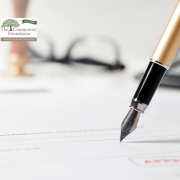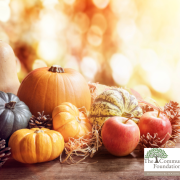Disaster relief efforts and The Community Foundation’s collaborative role
Disaster relief efforts and the community foundation’s collaborative role

As if that weren’t enough, much of the U.S. slogged through what has been called the hottest summer ever—and July as the hottest month ever—with uncomfortably high temperatures affecting land and sea even before the start of hurricane season. And then there was Tropical Storm Hilary and a simultaneous magnitude 5.1 earthquake that struck Southern California. To round out the month, Hurricane Idalia made landfall on August 30, with extensive damage reported and tens of billions of dollars of losses projected.
Fortunately, community foundations are well-suited to facilitate and manage relief funds for disasters and humanitarian tragedies, no matter where they occur. Certainly local community foundations in the areas most affected by a disaster consistently jump in immediately to establish funds to accept donations, which the community foundation then deploys rapidly and effectively to high-performing nonprofit organizations that are delivering relief where it is needed most urgently.
Even community foundations and other charitable foundations that lie outside of affected geographic areas are committed to responding quickly by launching their own fundraising efforts, either promoting the funds established by community foundations in the affected areas or their own funds created to directly support relief efforts. Indeed, disaster relief funding is frequently coordinated by community foundations, which are widely viewed as one of the very best vehicles to help donors provide financial support to relief efforts. Community foundations understand, for example, that the most immediate needs in the wake of a disaster are often for food, shelter, water, and hygiene kits. In addition, The Community Foundation knows which nonprofit organizations on the ground are best qualified to meet those needs.
With a deep understanding of philanthropy and charitable giving tools to effect meaningful change, the team at The Community Foundation is here for you. Whether your interests include disaster relief, education, the arts, social services, or other causes near and dear to your heart, The Community Foundation can help you fulfill your goals and intentions.
This article is provided for informational purposes only. It is not intended as legal, accounting, or financial planning advice.












